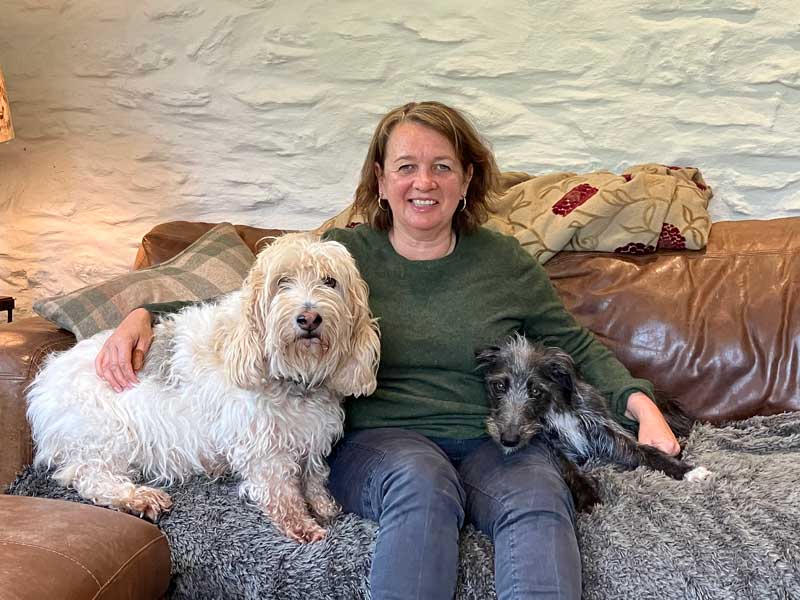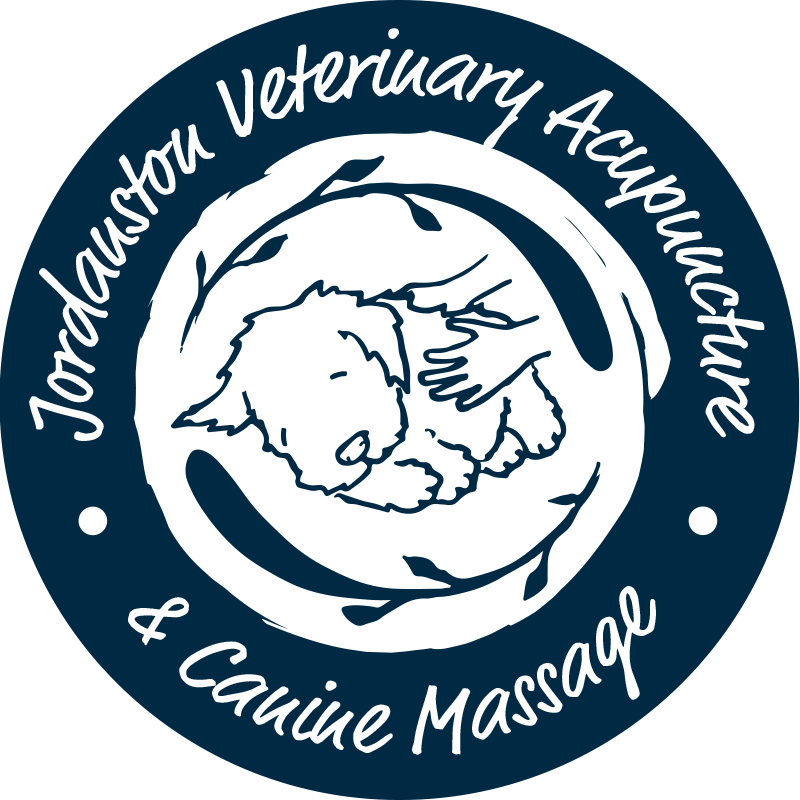What is Clinical Canine Massage?
This unique, strong, manipulative Clinical Massage for dogs works by releasing tight, sore muscles, removing debilitating ‘Knots’ or Trigger Points that cause referred pain and helps rehabilitate injuries by breaking down restrictive scar tissue caused by daily activities that may be responsible for your dog’s discomfort. It can help to resolve many day to day mobility issues whether they have suddenly appeared or have been there for a while. It’s also a natural form of pain relief that can help to improve soft tissue or muscular problems. It helps support orthopaedic issues like Arthritis and Hip Dysplasia with tangible results. Results You Can See & Your Dog Can Feel!
Clinical Canine Massage may help your dog if you see any of the following
There are lots of symptoms that massage therapy can help with, some easy to see, some more subtle, and some may not be seen at all but will be felt by the dog. These are some of the things that you may see as an owner…
- Lameness/limping
- Stiffness
- Problems going up/down stairs
- Quicker recovery from operations/injuries, eg cruciate disease
- Slowing down or seeming old before their time
- Back/neck/shoulder pain
- Performance issues eg. in agility/obedience
- Arthritis eg hip/elbow dysplasia
- Reluctance to go on walks
- Disinterested in life/grumpy /less sociable with people and dogs
- ‘Twitching‘ down back
- Gait/posture irregularities
- Nervous/anxious/touch shy
This is just a small list of the types of things that you would see. We use 5 principles to determine the type of symptom. They are gait, posture, behaviour, performance and activities of daily living. Using these 5 principles we can determine the area of symptom that your dog is showing.
What do people typically see with their dog after a clinical canine massage?
- Better movement
- Reduced stiffness
- Reduced pain levels
- Reduced lameness
- ‘younger’ attitude to life
- Improved mood
- Happier to go on walks/more playful
- Improvement in going up/down stairs
- Improvement in getting in/out of car
- Improved ‘zest’ for life
- Coping better with arthritis
- Improved working/agility performance
- Better posture
- More fluid gait
- Calmer/less anxious
- Settles better and sleeps through night
These are just the most common changes seen however there are many more that we will see with individual dogs with individual issues. Any positive change is the right kind of change so we like to see anything that make the dog more happy and comfortable.
What a treatment involves
Lenton method – combination of Swedish, Deep Tissue, Sports Massage and Myofascial Release. The method was recently trialled at Winchester University in a study of 527 dogs, 95% responded positively.
Initial phone call: to discuss your dog’s issues, environment etc and how I can help.
Usually 3 sessions are recommended around 1 week apart. Then depending on condition and response to treatment maintenance sessions may be recommended.
First session – 90 mins
- Consultaion to discuss issues, environment, general health
- Gait and posture analysis – watch how they move and stand
- Palpation – of general muscles to pinpoint any areas to concentrate on
- Massage
Second session – 60 minutes
- Reassessment palpation
- Massage
Third session – 60 minutes
- Reassessment palpation
- Massage
- The aim is to see a good improvement in 3 sessions (if there is no improvement the patient is referred back to their own vet for further investigation or to another appropriate therapy) Maintenance sessions maybe recommended in chronic conditions.
Home Visits
I understand that some dogs feel more relaxed in their own home so can offer a home visit depending on location. It is quite useful to see a patient in their own home and interacting with their playmates. A small mileage charge may be made if it is outside a 7 mile radius.
Will it hurt and will my dog settle?
The majority of dogs will settle, sometimes it takes a little longer to settle during the first session especially if they are anxious. If they are particularly tender anywhere gentler techniques are used until the issues improve. The aim is to get your dog fully relaxed so the massage can be most effective, I work on slowly gaining your dog’s trust.
Vet Consent
Your vet needs to fill in a short form giving consent, relevant history and any contraindications. This is a legal requirement in the UK. [Veterinary surgeons act 1966 and exemptions order 2015].
For Veterinary Colleagues and Pet Care Professionals
I encourage an integrated approach that complements and supports any treatment plan form the patients own Veterinary Surgeon, and provide them with a written report of any treatment given.
I always only work with consent of the patients own veterinary surgeon so that I can see any relevant history and any contraindications are discovered.
I also coordinate with other health care professionals such as physiotherapists and hydro-therapists.
This collaboration helps to reach the shared goal of a happy, long lived patient.
Experienced Veterinary Surgeon
I am an experienced Veterinary Surgeon, I qualified from Edinburgh University in 1994.
I am a member of the Royal College of Veterinary Surgeons, a member of ABVA [Association of British Veterinary Acupuncturists], and a member of the Canine Massage Guild.

